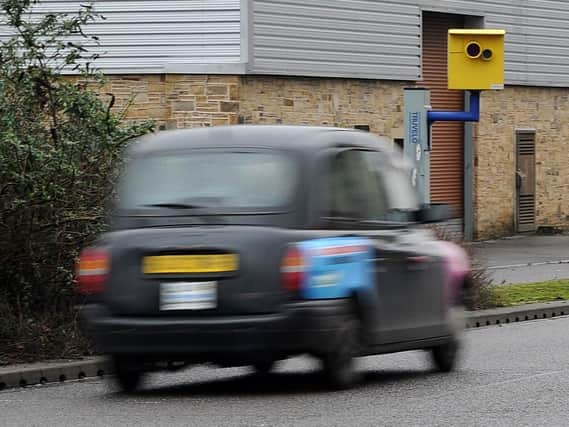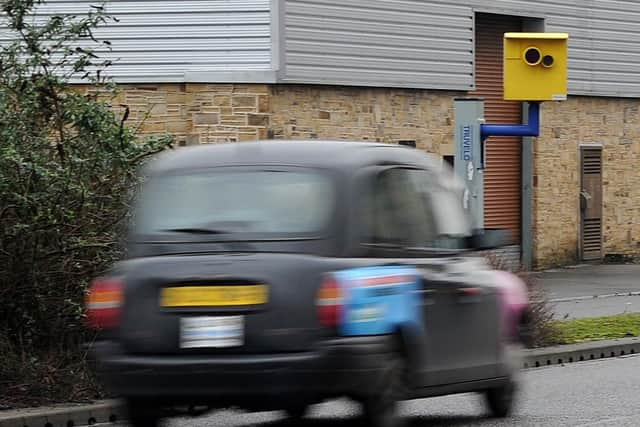Number of speeding offences recorded in Derbyshire among lowest in England and Wales


A report by Dr Adam Snow of Liverpool John Moores University for the RAC Foundation details the amount of speeding offences detected by police in each county, as well as setting out how each force deals with speeding offences.
And Derbyshire was one of the counties with the lowest number of offences recorded at 10,480 in 2017/18, three per cent more than in 2016/17. Almost all, 96%, of these were detected by a camera. The other forces with the lowest number of offences were Wiltshire, Durham, Cleveland and Kent.


Advertisement
Hide AdAdvertisement
Hide AdAvon and Somerset recorded the highest number of offences at 199,337, an eight per cent increase on the previous year.
And, a total of 2,292,536 speeding offences were detected in England and Wales in 2017/18, a 3.6 per cent increase on the previous 12 months.
Of the 10,480 speeding offences detected in Derbyshire, 8,882 of them were dealt with by fixed penalty notice, while 151 were dealt with via a speed awareness course. Sixty one offences resulted in court action with 1,384 cancelled.
Steve Gooding, director of the RAC Foundation, said: “There will be many varied and obvious reasons to explain some of the differences between forces such as geographical area, road type and traffic volume. But a lot of it will come down to the local policing priorities.
Advertisement
Hide AdAdvertisement
Hide Ad“It is the job of Police and Crime Commissioners, and Chief Constables, to target resources appropriately, recognising the issues of greatest local concern.
“Changes and variations in the numbers of offences detected will reflect not just driver behaviour but also the extent of enforcement activity in any one year.
“Drivers tempted to flout the law should recognise that any targeted crackdown on speeding to curtail risky behaviour could swiftly be repeated if those reckless attitudes start to re-emerge.”
